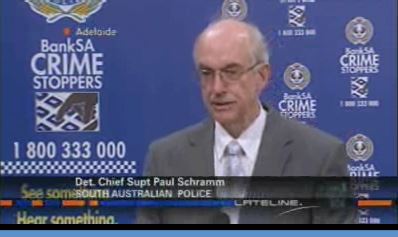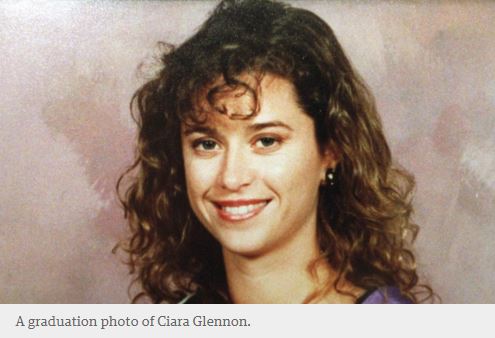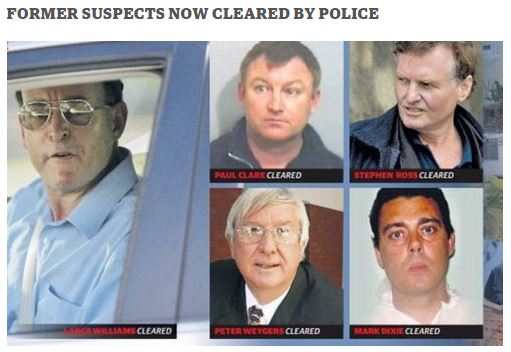Back on the Gold Coast at Bond University, Paul Wilson's colleague, criminologist Wayne Petherick, provides an insight into the FBI profiling philosophy.
He's reading from the FBI textbook definition of an organised killer, which closely reflects the profile details publicised by the West Australian police in the Claremont case.
Wayne Petherick: The determination of an organised crime scene is made based on the fact the offence is usually pre-planned, the victim is a targeted stranger, they tend to personalise the victim, they use controlled conversation, the crime scene reflects an overall theme of control or organisation; they demand a submissive victim, they use restraints, there's aggressive acts prior to death, the body is hidden, the weapon or evidence is absent and they usually transport the victim or body, so what that would imply is that there's usually a primary crime scene, followed up by some either secondary or peripheral crime scenes, or perhaps dump sites.
Gerald Tooth: And then what assumptions are made about what type of person would commit a crime like that?
Wayne Petherick: OK, well once the determination of the crime scene is made, generally they will go across to the offender characteristics. It would then be assumed that the offender has average to above-average intelligence, they are socially competent, they prefer skilled work, they're sexually competent, they have higher birth order, their father's work is stable though they had some inconsistent childhood discipline, they have a controlled mood during the crime, they may use alcohol or drugs with the crime, they usually operate according to some precipitating situational stress, so that could be a fight with a partner, loss of a job, loss of some money gambling, they generally live with a partner, they have a mobility, generally speaking a car that's kept in good condition, and they will follow the crime in the news and the media, and they may change jobs or leave town.
Gerald Tooth: With that last characteristic, can you explain how that has been significant in the Claremont investigation?
Wayne Petherick: It would appear that the media has been used in a certain way, whether it be to goad the offender, try to bring the offender out, try to initiate some kind of behaviour on the part of the offender, through using the media, because it is assumed that the organised offender will follow the crime in the news and media. So what they are hoping is that he is following what they're saying, and may act or react in some way to the information they're giving.




